Your cart is currently empty!

ISO 9050:2003
ISO 9050:2003 Glass in building – Determination of light transmittance, solar direct transmittance, total solar energy transmittance, ultraviolet transmittance and related glazing factors
CDN $273.00
Description
ISO 9050:2003 specifies methods of determining light and energy transmittance of solar radiation for glazing in buildings. These characteristic data can serve as a basis for light, heating and ventilation calculations of rooms and can permit comparison between different types of glazing.
ISO 9050:2003 is applicable both to conventional glazing units and to absorbing or reflecting solar-control glazing, used as glazed apertures. The appropriate formulae for single, double and triple glazing are given. Furthermore, the general calculation procedures for units consisting of more than components are established.
ISO 9050:2003 is applicable to all transparent materials. One exception is the treatment of the secondary heat transfer factor and the total solar energy factor for those materials that show significant transmittance in the wavelength region of ambient temperature radiation (5 microns to 50 microns), such as certain plastic sheets.
Edition
2
Published Date
2003-09-02
Status
PUBLISHED
Pages
27
Format 
Secure PDF
Secure – PDF details
- Save your file locally or view it via a web viewer
- Viewing permissions are restricted exclusively to the purchaser
- Device limits - 3
- Printing – Enabled only to print (1) copy
See more about our Environmental Commitment
Abstract
ISO 9050:2003 specifies methods of determining light and energy transmittance of solar radiation for glazing in buildings. These characteristic data can serve as a basis for light, heating and ventilation calculations of rooms and can permit comparison between different types of glazing.
ISO 9050:2003 is applicable both to conventional glazing units and to absorbing or reflecting solar-control glazing, used as glazed apertures. The appropriate formulae for single, double and triple glazing are given. Furthermore, the general calculation procedures for units consisting of more than components are established.
ISO 9050:2003 is applicable to all transparent materials. One exception is the treatment of the secondary heat transfer factor and the total solar energy factor for those materials that show significant transmittance in the wavelength region of ambient temperature radiation (5 microns to 50 microns), such as certain plastic sheets.
Previous Editions
Can’t find what you are looking for?
Please contact us at:
Related Documents
-

ISO 10110:2019 Optics and photonics – Preparation of drawings for optical elements and systems – Part 1: General
CDN $312.00 Add to cart -

ISO 8927:1991 Earth-moving machinery – Machine availability – Vocabulary
CDN $233.00 Add to cart -

ISO 80000:2025 Quantities and units – Part 13: Information science and technology
CDN $203.00 Add to cart -

ISO 14416:2003 Information and documentation – Requirements for binding of books, periodicals, serials and other paper documents for archive and library use – Methods and materials
CDN $273.00 Add to cart







